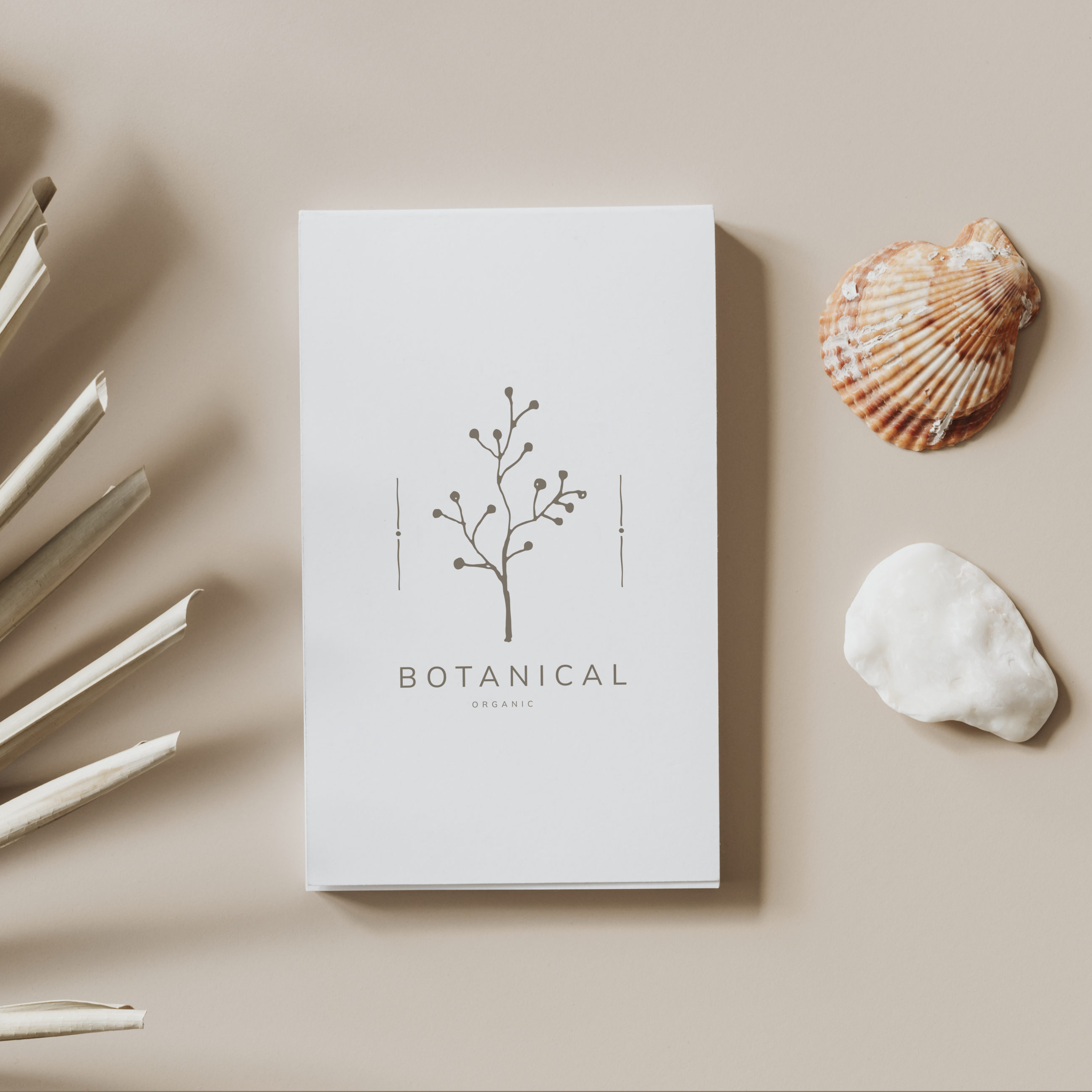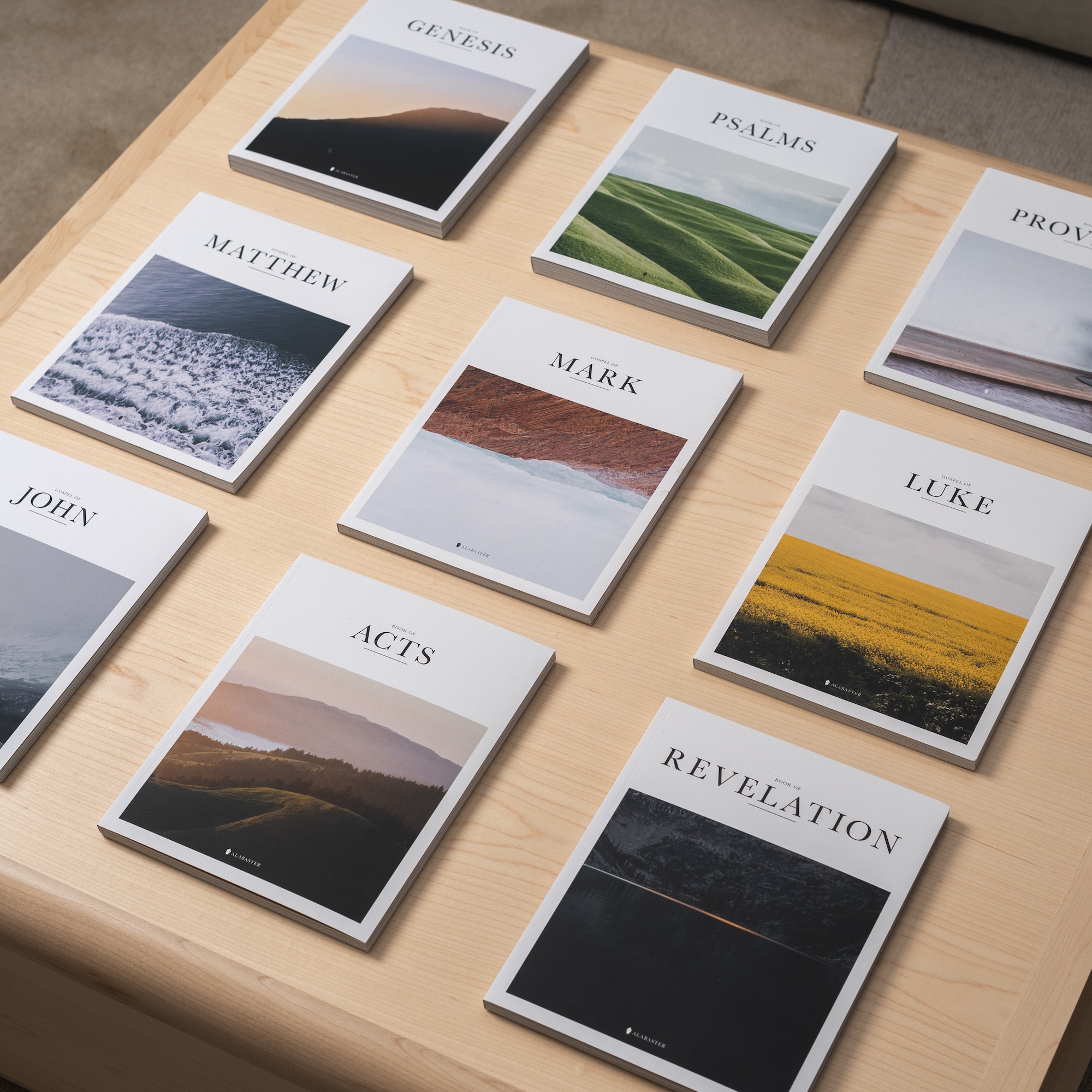In the digital age, where online marketing strategies seem to overshadow more traditional methods, the power of a well-designed flyer still holds significant value. Flyers are tangible, versatile, and, if done correctly, incredibly effective in capturing attention and conveying information. The art of creating an impactful flyer isn’t just in what you communicate, but heavily relies on how you present it.
This piece will dive into essential tips and tricks that underscore the creation of effective flyers, ensuring your message isn’t just seen but is impactful and memorable.
Consider A Ready-Made Template
The journey to an eye-catching flyer begins with a foundation that aligns with your message and brand. Starting your design process with a modern flyer template PSD is a decision you won’t regret. These templates, often crafted by professional designers, encompass current trends and high aesthetic standards, providing a framework that you can customize and tweak to your liking.
The benefit here is two-fold: you’re not only saving valuable time and resources but ensuring a level of professionalism and modernism in your design. With a reliable template, you can focus more on customizing and injecting creativity into your flyer, ensuring it stands out in the sea of advertisements that people come across daily.

Keep It Simple
Simplicity is the ultimate sophistication, especially when it comes to flyer design. A cluttered flyer is an overwhelming flyer. The more elements you include, the harder it becomes for the reader to identify the key message. Ensure your design is clean, uncluttered, and makes strategic use of white space. This approach draws your audience’s eyes to the most critical part of your message.
Remember, the goal is to make it as easy as possible for readers to understand what you’re promoting and how it’s beneficial to them.
A Picture Is Worth A Thousand Words
The right imagery can speak volumes, potentially conveying your message faster and more effectively than text. Use high-quality, relevant images that capture the essence of your message. These could be photographs, illustrations, or infographics, depending on what suits your content best.
However, be cautious with your choice and number of images. They should add value to your message, not distract from it.

Create A Hierarchy
Not all information on your flyer is of equal importance. Establish a clear hierarchy in your text and visuals. Decide what your key message is and make it the focal point of your flyer. This can be achieved through larger fonts, bold colors, or by placing it centrally on the page.
Subsequent information should be organized in decreasing levels of importance, guiding the reader naturally through the flyer and providing a seamless experience.
The Power Of Color Psychology
Colors aren’t just about aesthetics; they evoke emotions and reactions. Utilize color psychology to your advantage by choosing a color scheme that aligns with the emotions you wish to evoke. Want to inspire urgency or excitement? Red might be your ally. Looking to evoke peace and trust? Consider blue. The key is ensuring the colors you choose are not just in harmony but also compliment your logo and brand colors.
A Call To Action (CTA) Is Key
What’s your flyer’s purpose if not to encourage your audience to take action? Whether you want them to visit a website, make a phone call, or attend an event, make sure to include a clear, compelling call to action. This CTA should be positioned prominently on your flyer and worded in a way that provokes enthusiasm or urgency. It’s the bridge between your flyer and the audience engagement you seek.

Conclusion
Mastering the art of effective flyer design is about understanding and applying the fundamentals of human-centered design. It’s more than just an information sheet; it’s a communication tool that, when skillfully crafted, can captivate, inform, and inspire action.
By integrating these tips and tricks, you’re not just creating a flyer. You’re crafting an experience that resonates with your audience, reflects your brand, and most importantly, drives action. In a world bombarded with countless messages and advertisements, stand out by creating not just another piece of paper, but a memorable impression.





